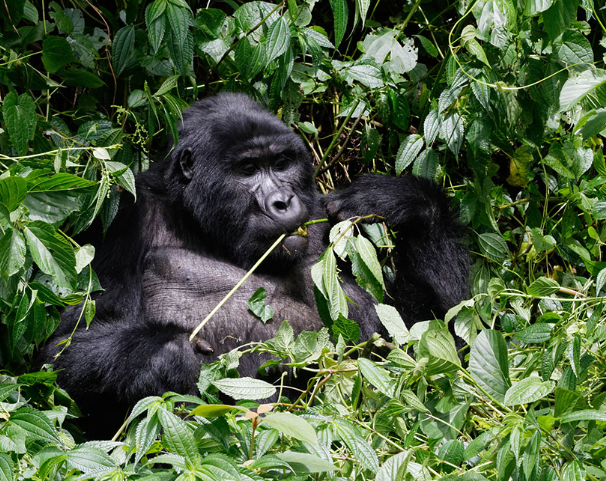The Emotional Lives of Gorillas
Understanding the emotional lives of gorillas offers valuable insights into their complex behaviors and social structures. As our closest relatives in the animal kingdom, studying gorillas can deepen our appreciation for their emotional depth and social connections. Here’s a closer look at how these magnificent creatures experience emotions.
The Bonds Within Troops
Gorillas live in family groups called troops, which typically consist of a dominant silverback male, several females, and their young. The emotional bonds among troop members are incredibly strong. Mothers are especially nurturing, forming deep connections with their offspring that last for years. These bonds ensure the young gorillas receive the care and protection they need, fostering an environment of trust and safety. The stability of these relationships is crucial for their emotional well-being, allowing them to thrive in their natural habitat.
Expressions of Emotion
Gorillas communicate their feelings through a variety of vocalizations and physical gestures. From soft grunts to loud hoots, their vocal repertoire is essential for expressing emotions such as joy, anxiety, or displeasure. Body language is equally important; a gentle touch can signal affection, while a furrowed brow may indicate distress. Observing these expressions can teach us about the nuances of their emotional lives, demonstrating how similar yet distinct they are compared to human emotions. Recognizing these expressions fosters empathy and enhances our understanding of their needs in captivity and the wild.
Coping with Grief and Loss
Gorillas experience grief similarly to humans, mourning the loss of companions and family members. When a troop member dies, other gorillas often display signs of sadness, such as withdrawing from social interactions and vocalizing softly. This grieving process highlights the importance of social bonds in their lives and shows that their emotional experiences are profound. Understanding gorillas’ capacity for grief can help conservation efforts by emphasizing the need for stable social environments in zoos and sanctuaries, ensuring gorillas have the emotional support they require during challenging times.
In conclusion, exploring the emotional lives of gorillas provides a fascinating glimpse into the complexities of their social behaviors and emotional health. As we recognize the depth of their feelings and relationships, we can work to enhance their well-being in both natural and controlled environments. If you’re interested in learning more about these extraordinary creatures, consider visiting a nearby zoo or wildlife sanctuary to observe their behaviors firsthand and support conservation efforts.

